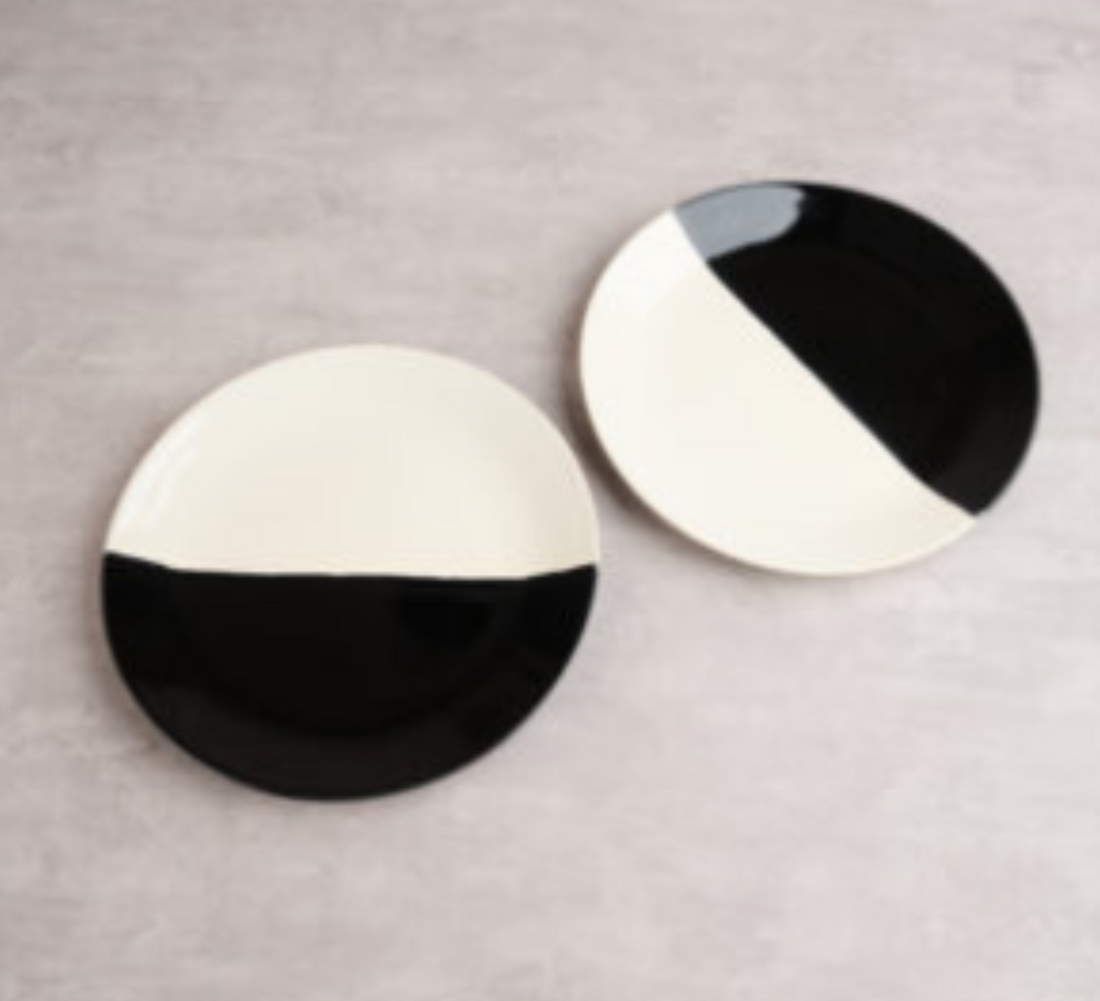
The History of Dinner Plates: From Antiquity to Modern Times
The History of Dinner Plates: From Antiquity to Modern Times
Dinner plates, a staple of dining tables worldwide, have a rich and varied history that reflects changes in culture, technology, and art. Blackcarrot explores this fascinating journey from the early days of human civilization to the contemporary dinner tables of today.
Antiquity: The Dawn of the Dinner Plate
The concept of dinner plates dates back to ancient civilizations. In Mesopotamia, around 3000 BCE, people used flat, circular dishes made from materials like clay and stone. These early plates were rudimentary, primarily serving a functional purpose. Similarly, in ancient Egypt, pottery plates were common, often adorned with simple decorative motifs.
The Greeks and Romans advanced the art of plate-making, introducing metal plates made from bronze, silver, and gold for the wealthy. These plates were often elaborately decorated, reflecting the owner’s status and the sophistication of their society. Ceramics also became popular, with the Romans pioneering the use of fine pottery and glassware for everyday use.
The Middle Ages: Plates in Transition
During the Middle Ages, plates underwent significant changes. Wooden trenchers, essentially thick slices of bread, were used as disposable plates in Europe. Over time, wooden and metal plates replaced bread trenchers. Pewter became a popular material, especially among the affluent, although its lead content posed health risks.
In the medieval Islamic world, ceramics reached new heights with the development of lustreware and intricate glazing techniques. These advancements influenced European ceramics, particularly through trade and the Crusades.
Renaissance and Enlightenment: The Rise of Porcelain
The Renaissance brought a renewed interest in art and science, impacting plate design. The introduction of porcelain from China in the 16th century revolutionized European dining. Porcelain, known for its delicate beauty and durability, became highly coveted. European artisans eventually mastered the craft, leading to the establishment of renowned porcelain manufacturers such as Meissen and Sevres.
During the Enlightenment, dining practices became more refined. The formal place setting with multiple plates for different courses became standard among the European elite. Plates were often decorated with intricate patterns and gilding, showcasing the era’s artistic achievements.
Modern Times: Innovation and Diversity
The 19th and 20th centuries saw mass production and democratization of dinner plates. The Industrial Revolution enabled the production of affordable yet high-quality plates. Innovations in materials, such as melamine and plastic, provided durable and economical options for everyday use.
Today, dinner plates come in a myriad of styles, materials, and designs. From traditional ceramics and porcelain to modern stoneware and glass, the variety is immense. Contemporary designers and brands, including Blackcarrot, continue to push the boundaries of plate design, blending aesthetics with functionality to suit diverse dining experiences.
In conclusion, the history of dinner plates is a testament to human ingenuity and cultural evolution. From ancient clay dishes to modern designer plates, each era has left its mark, contributing to the rich tapestry of dining traditions we enjoy today.






